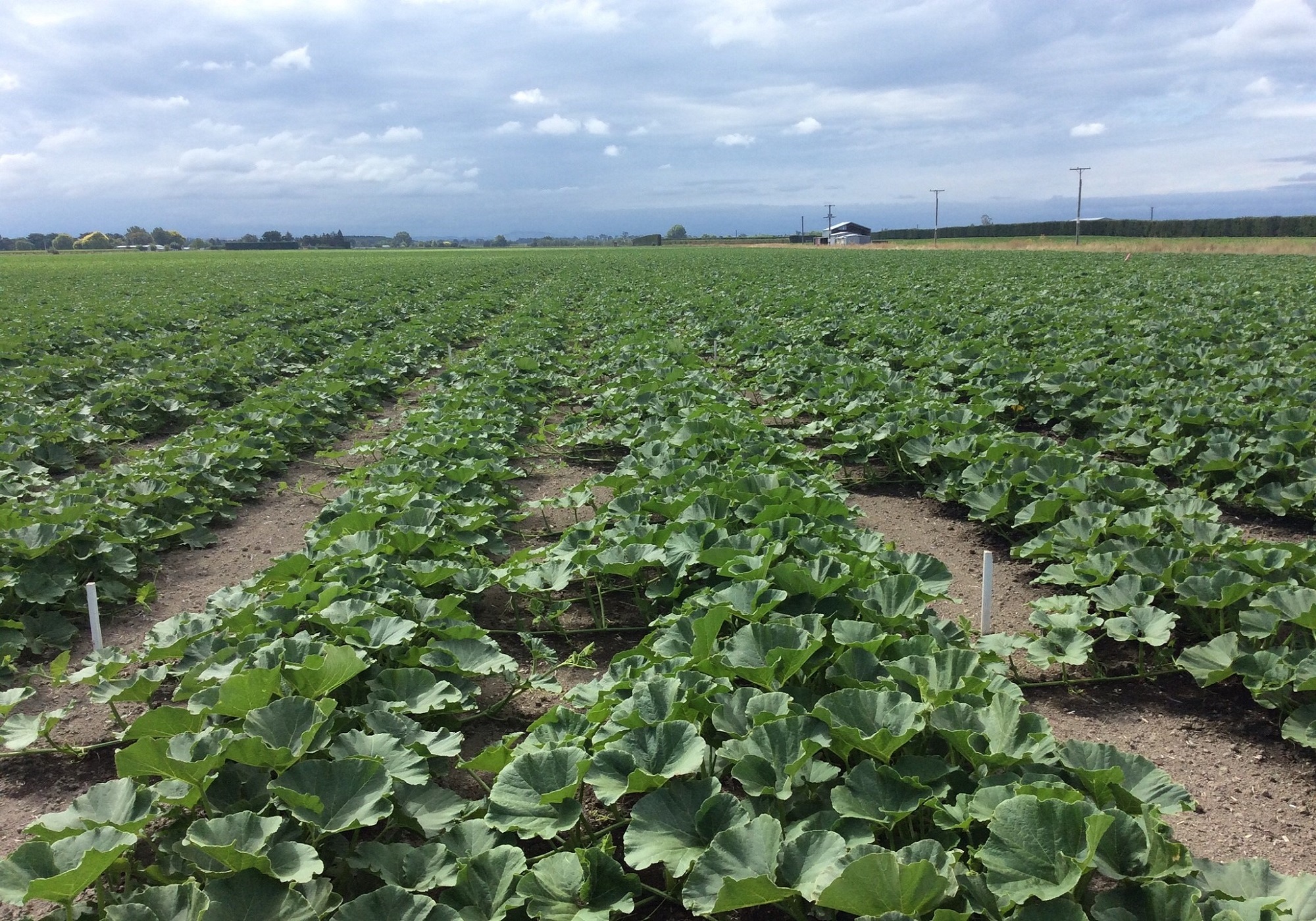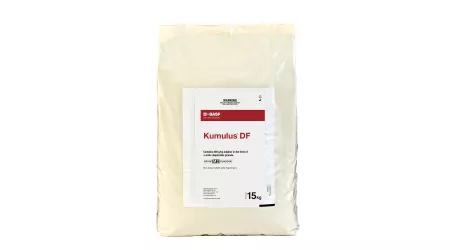For squash growers, as for other vegie growers, variety isn’t just the spice of life. It’s also the key to successful agronomy. The more different, effective control options that can be included in your crop protection programme, the better.
Your programme probably already includes a range of management techniques, including non-chemical ones. When and if agrichemical applications are also required, rotating between different mode of action (MoA) groups is key to slowing the development of resistance.
Powdery mildew is the biggest disease threat to the foliage of squash crops. Most growers will use crop rotation, cultivation and weed control to help mitigate it. But once the crop is growing, a regular spray programme is the best defence.
We don’t all have a lot of time to investigate the possibilities for extending the rotation. So here’s a quick look at four options offered by BASF, a couple of which may be new to you.
You’ll probably know the first one. Kumulus® DF (MoA group M02) has been around for decades, which is a testament to its reliability. The spray programme can be built around Kumulus because it can be used from early season through to harvest, alternating with other fungicides from the other MoA groups. As a multisite fungicide, Kumulus is at relatively low risk from resistance.
Fungicides that only act on single sites face a much higher risk of resistance and need to be used more sparingly, so it’s important to choose the best compounds within each MoA group.
Colliss® is a very reliable co-formulation of two active ingredients: boscalid (MoA group 7) and kresoxim-methyl (MoA group 11). Like Kumulus, Colliss needs to be applied before infection. For the control of gummy stem blight, Colliss can be applied at early flowering.
When just the Group 7 MoA is needed, Sercadis® is a very efficient solution that can be used anywhere in the programme up to 21 days before harvest. But note that you can’t use Sercadis more than twice in each crop. Also, when applied alone, Sercadis should be used in strict alternation with effective fungicides with a different MoA.
With so many fungicides sharing MoAs, Vivando® provides an opportunity to introduce a different one, MoA Group 50, that will add extra robustness to the programme. With a maximum of two applications per crop as part of the resistance management strategy, it’s worth pre-planning to make sure you can use those sprays at the most strategic timings.
Incorporating a diversified fungicide programme with robust rotation between the different modes of action, into an integrated approach to crop management is the best way to ensure you can go on growing highly marketable squash for years to come.
ACVM registration numbers: Colliss P007476, Kumulus DF P003493, Sercadis P008977, Vivando P007973



